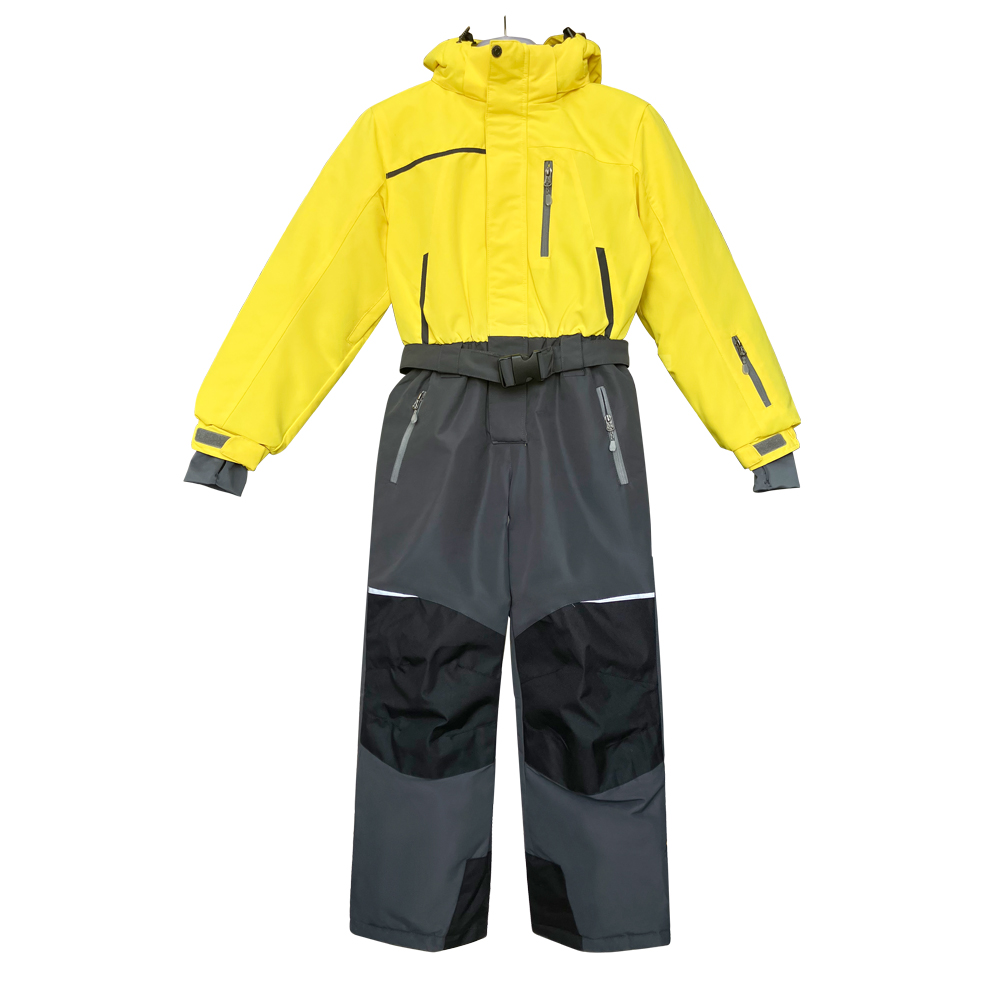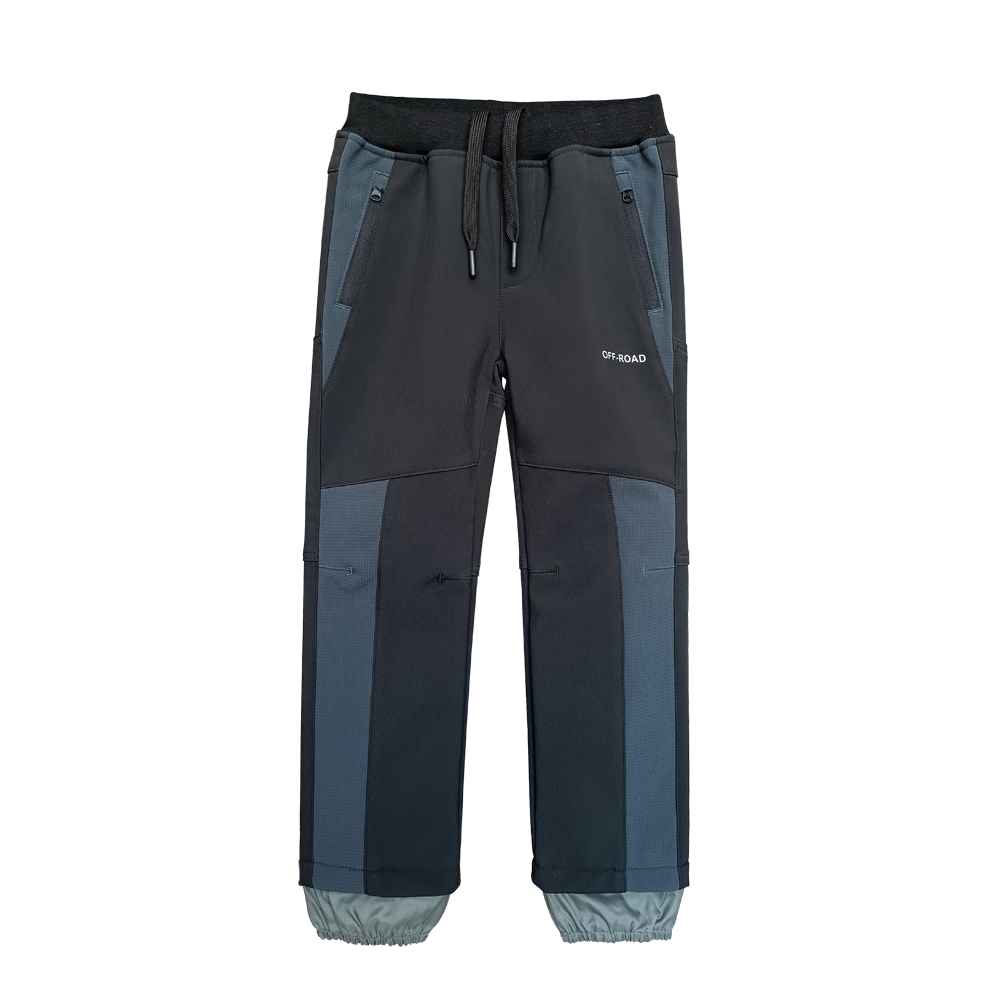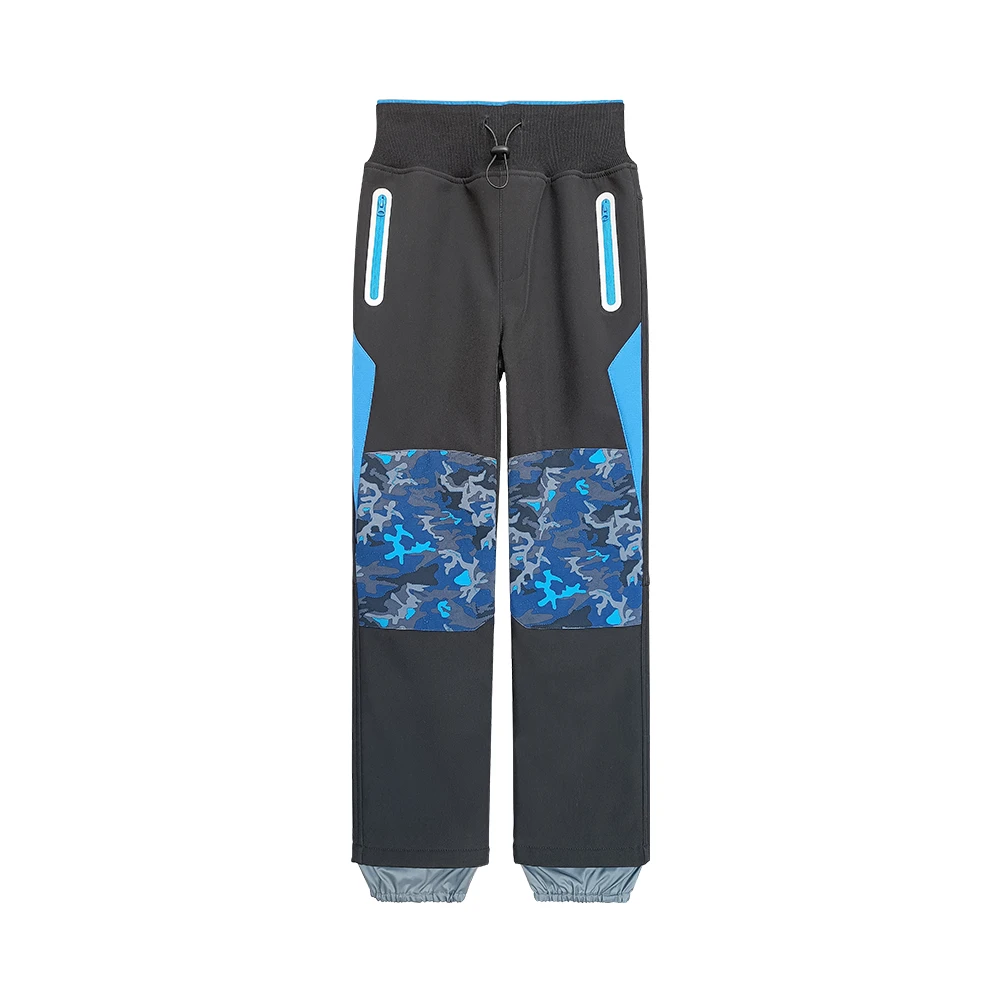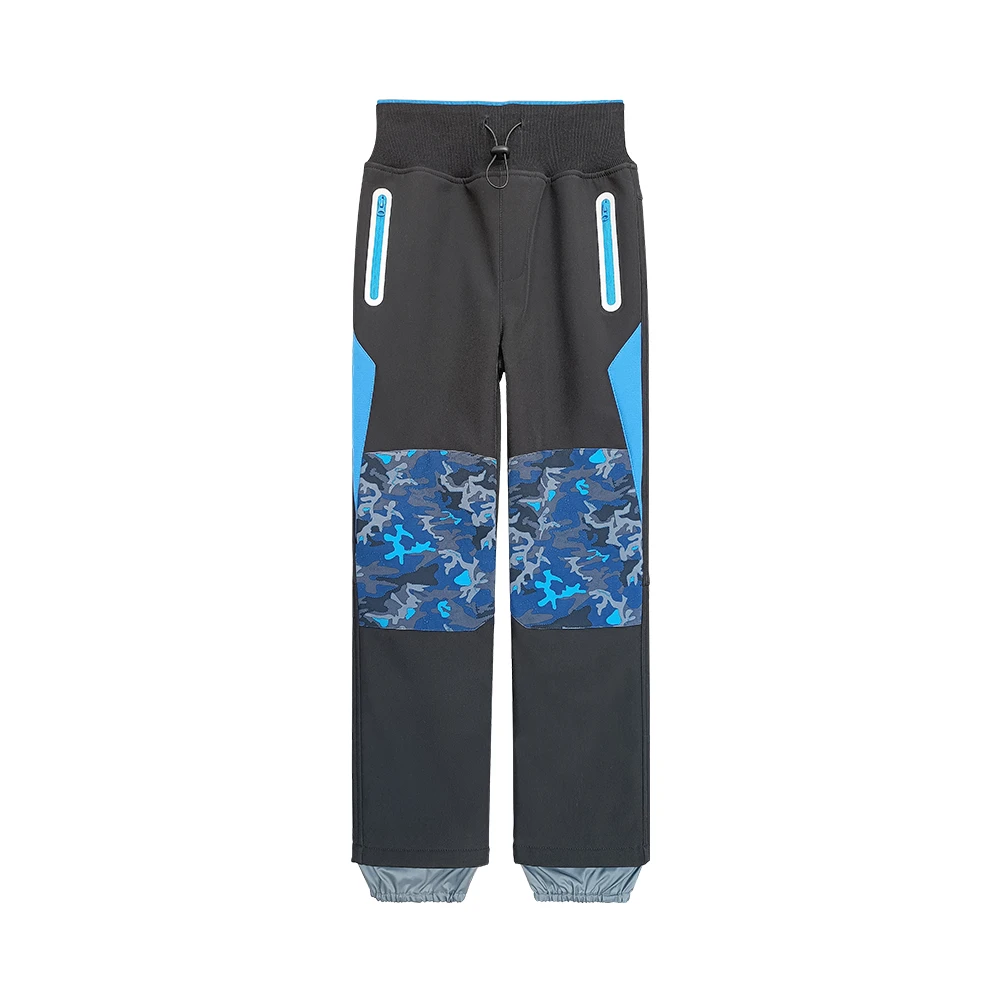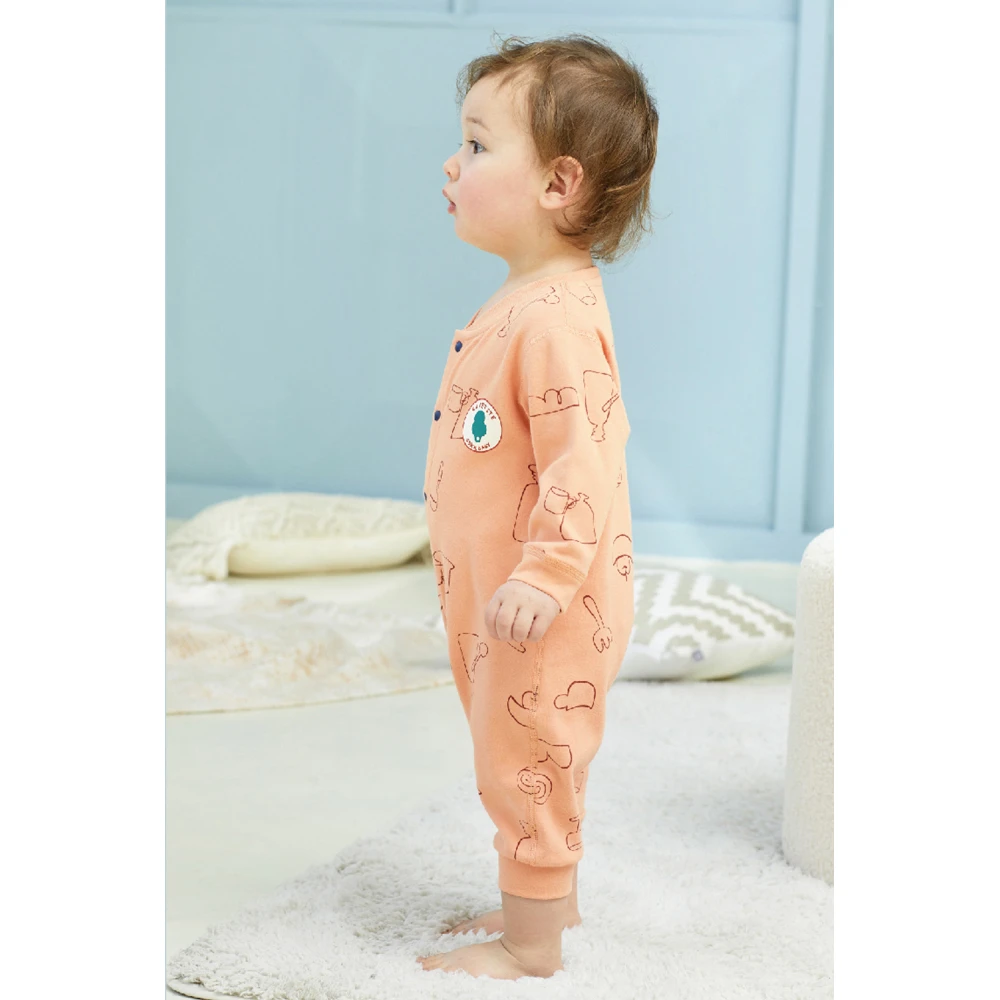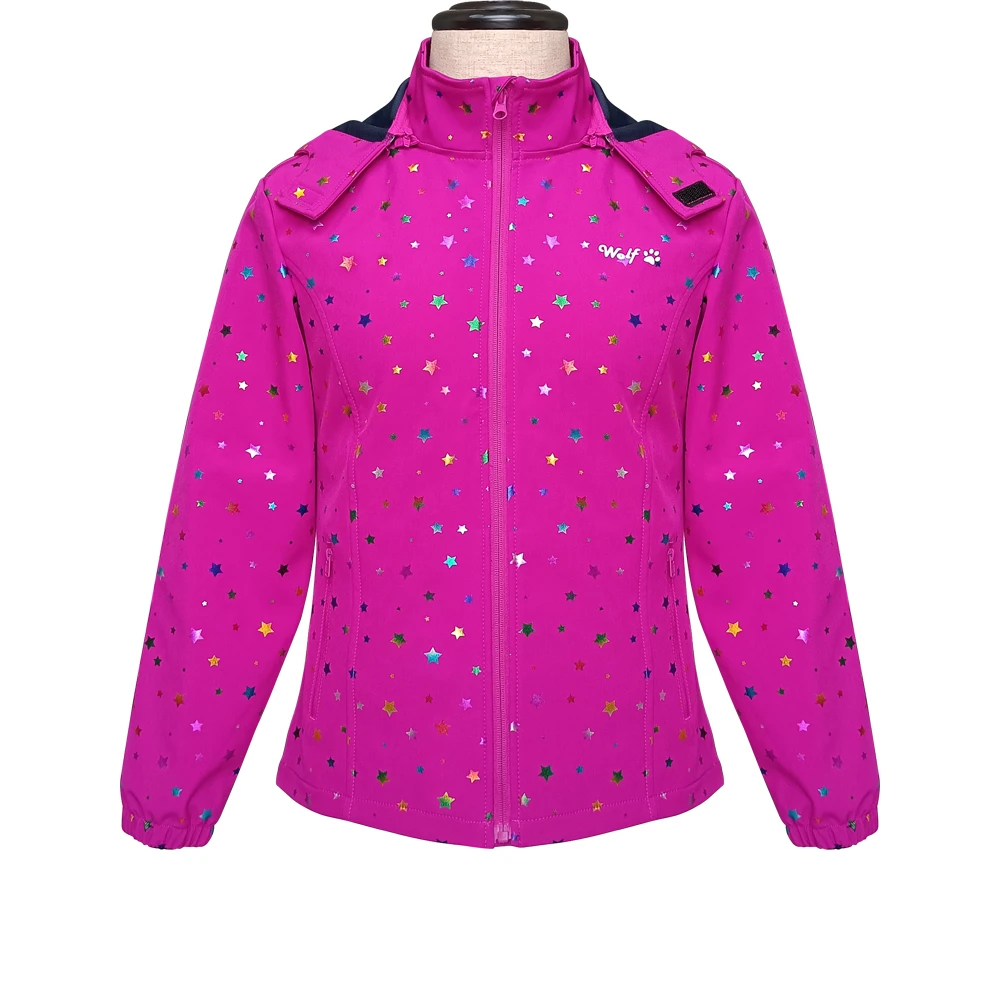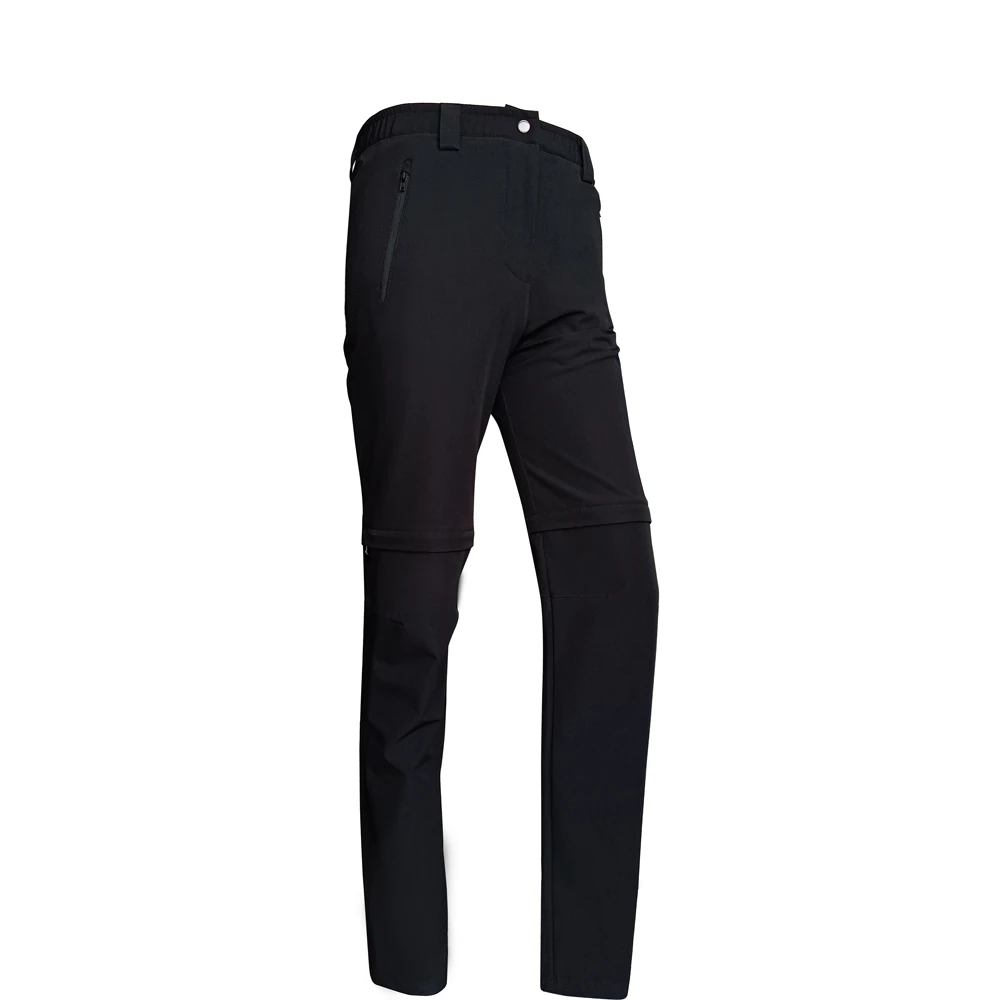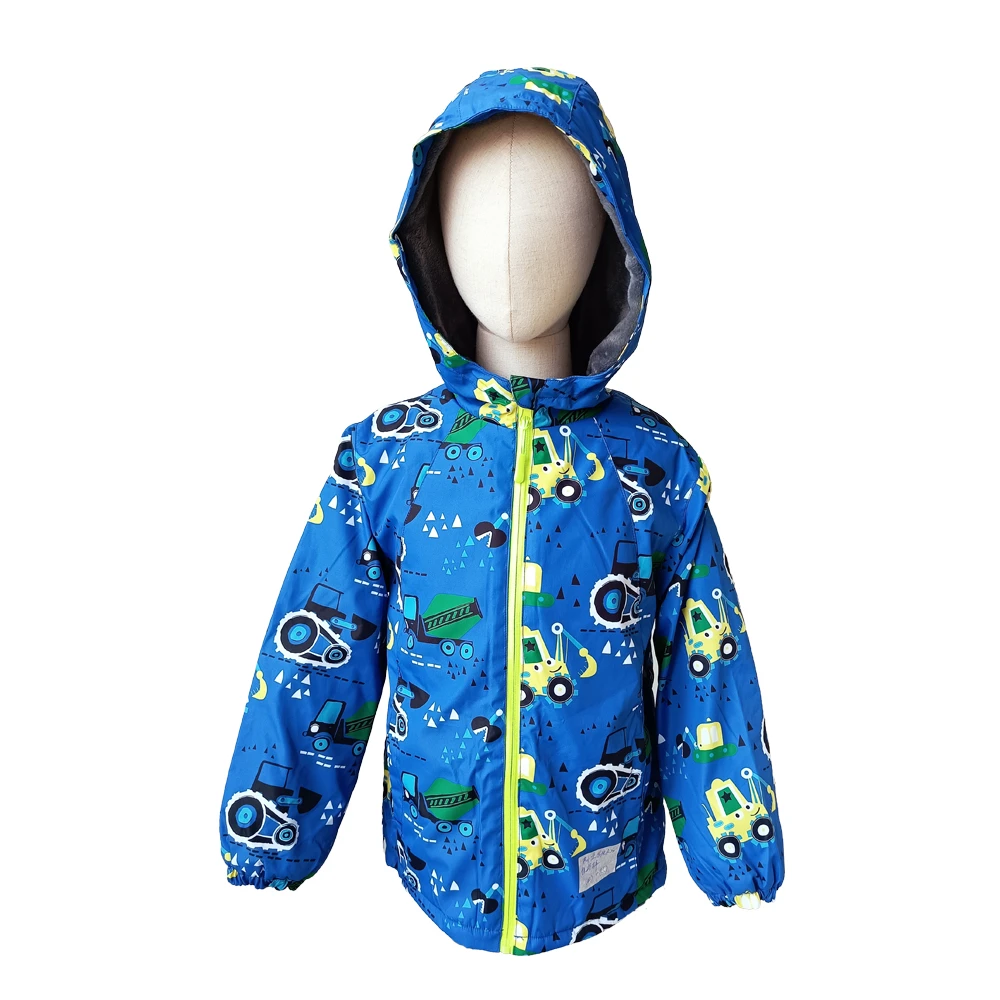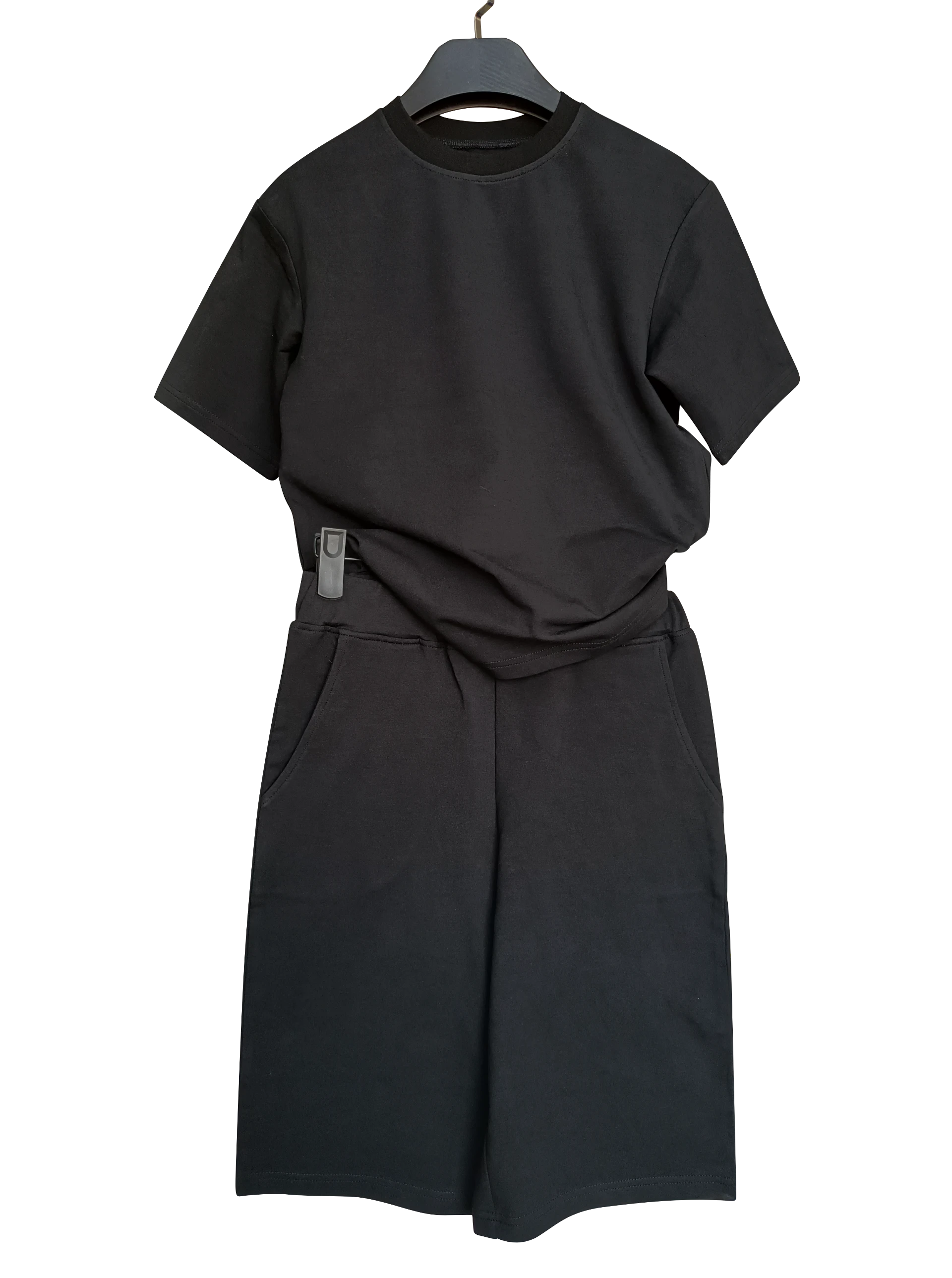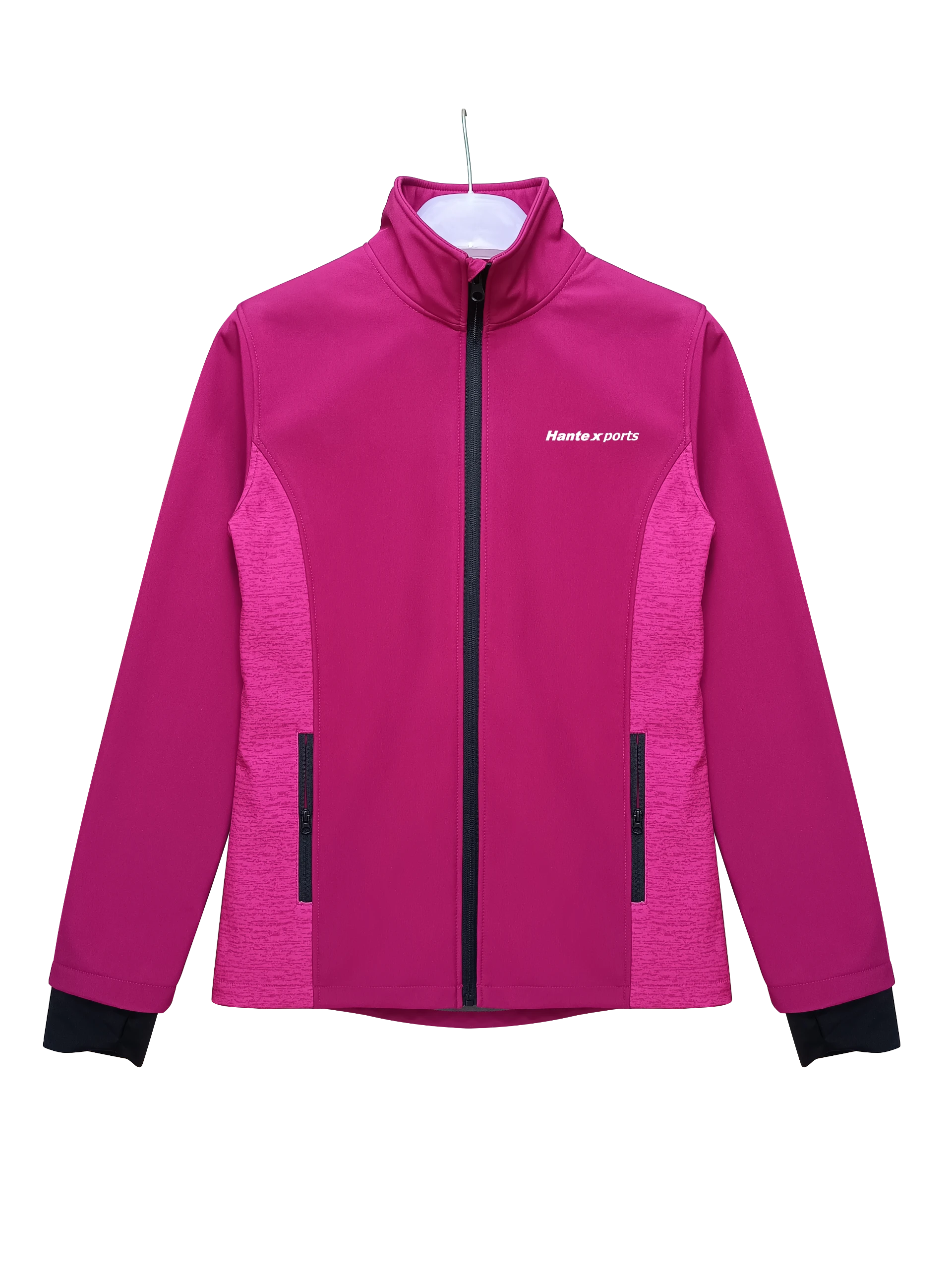The Evolution and Impact of Branded Sportswear
In recent decades, the landscape of sportswear has undergone a dramatic transformation. The fusion of functionality and fashion has led to the emergence of branded sportswear, which has become an essential component of not only athletic life but also everyday wear. The influence of branded sportswear extends beyond mere aesthetics; it has cemented its place in pop culture, street fashion, and even social identity.
Branded sportswear refers to athletic clothing, footwear, and accessories produced by well-known brands like Nike, Adidas, Puma, and Under Armour. These companies have mastered the art of marketing, tapping into consumer emotions and aspirations. By aligning their products with high-performance athletes and sports events, they create an image of excellence and durability that resonates with consumers. The endorsements from top athletes further bolster brand credibility, making it more than just gear; it becomes a symbol of status and lifestyle.
One of the most significant impacts of branded sportswear is the shift towards athleisure – a trend that marries athletic wear with casual fashion. This style is characterized by its emphasis on comfort, versatility, and a sporty aesthetic. Today, it’s common to see individuals in gym wear at coffee shops, social gatherings, or even workplaces. This seamless integration of sportswear into daily life has been fueled by the rise of fitness culture, where health consciousness and a desire for an active lifestyle are prioritized.
branded sportswear

Moreover, the booming fitness industry has contributed to the popularity of branded sportswear. As more people embrace fitness routines, they seek high-quality clothing that enhances performance and provides comfort. Brands have responded by innovating materials and designs that cater to various activities, from yoga and running to high-intensity interval training. Moisture-wicking fabrics, flexibility, and breathability are now standard features that consumers look for, further driving the demand for branded products.
Sustainability has also emerged as a significant consideration in the sportswear industry. With growing awareness of environmental issues, many brands are pivoting towards eco-friendly practices. This includes using recycled materials, adopting ethical manufacturing processes, and promoting a ‘buy less, choose well’ philosophy. As consumers become more conscientious, they are gravitating toward brands that not only offer performance but also demonstrate a commitment to sustainability.
The socio-economic implications of branded sportswear are noteworthy as well. High-end sportswear often comes with a hefty price tag, creating a sense of exclusivity. However, this can lead to issues of accessibility and social stratification. While some can afford to invest in premium athletic gear, others may feel alienated by the price barrier. This dichotomy raises questions about the inclusivity of sports and the cultural significance of branded items within diverse communities.
In conclusion, branded sportswear has evolved from basic athletic clothing into a multifaceted industry that blends performance with personal expression. The rise of athleisure, the influence of social media, and the growing emphasis on sustainability all shape its trajectory. As we move forward, the industry's ability to adapt to consumer demands while addressing social and environmental concerns will determine its future relevance. With a robust market and a commitment to innovation, branded sportswear is poised to continue its significant influence in both the athletic and fashion worlds.


